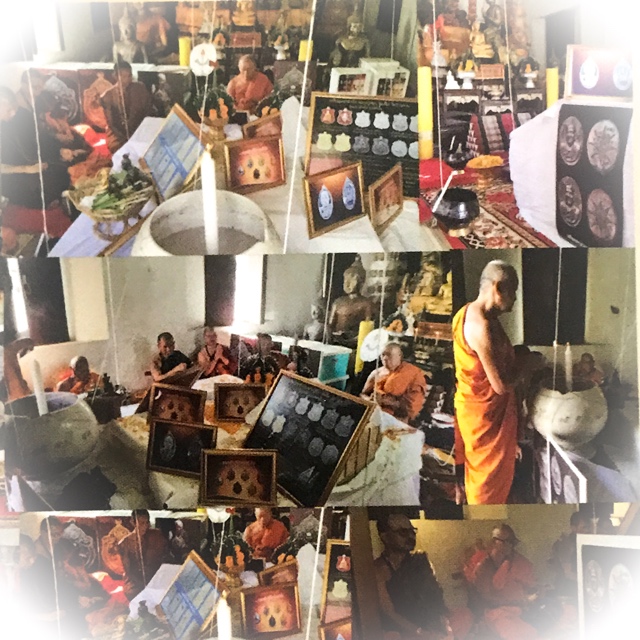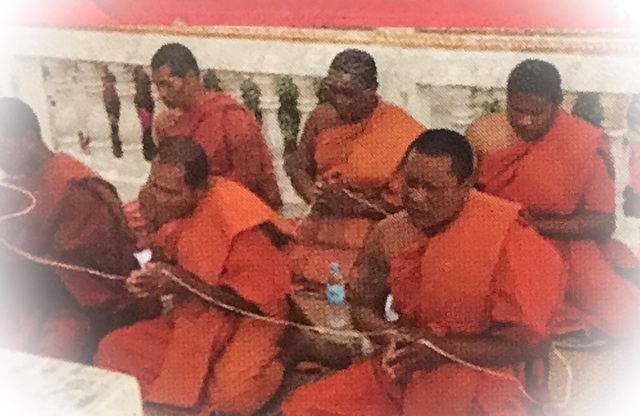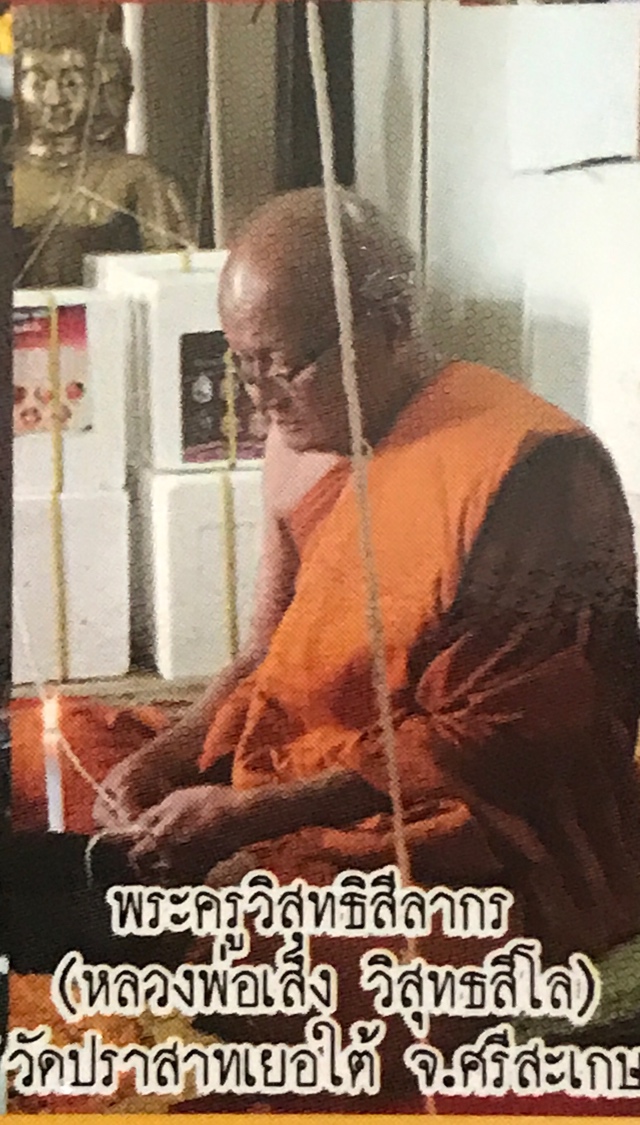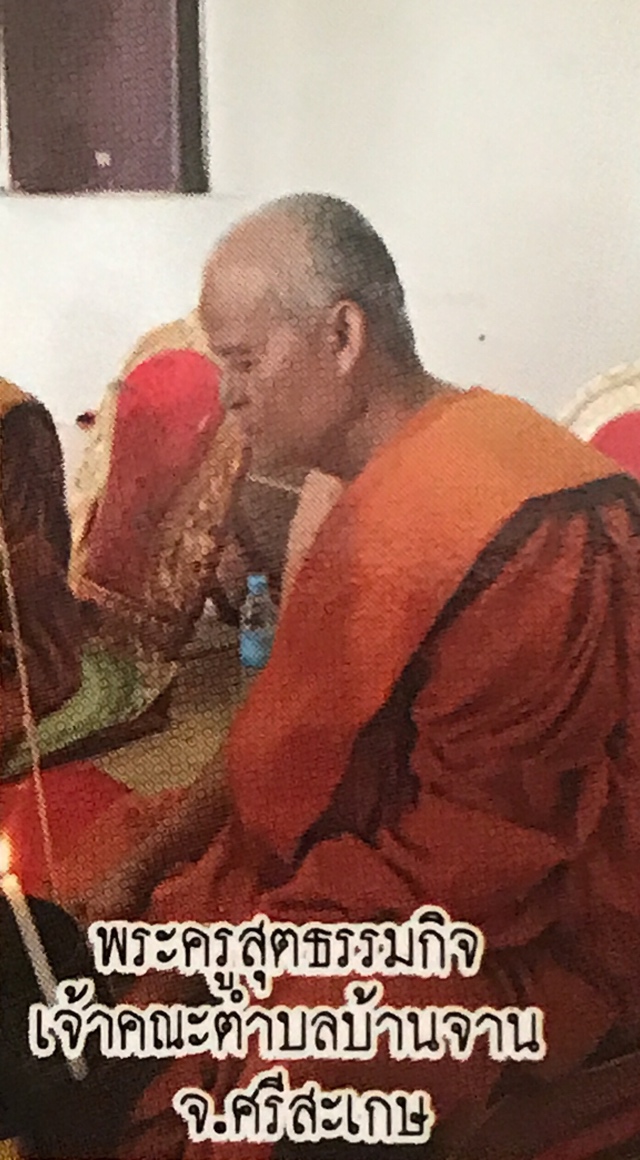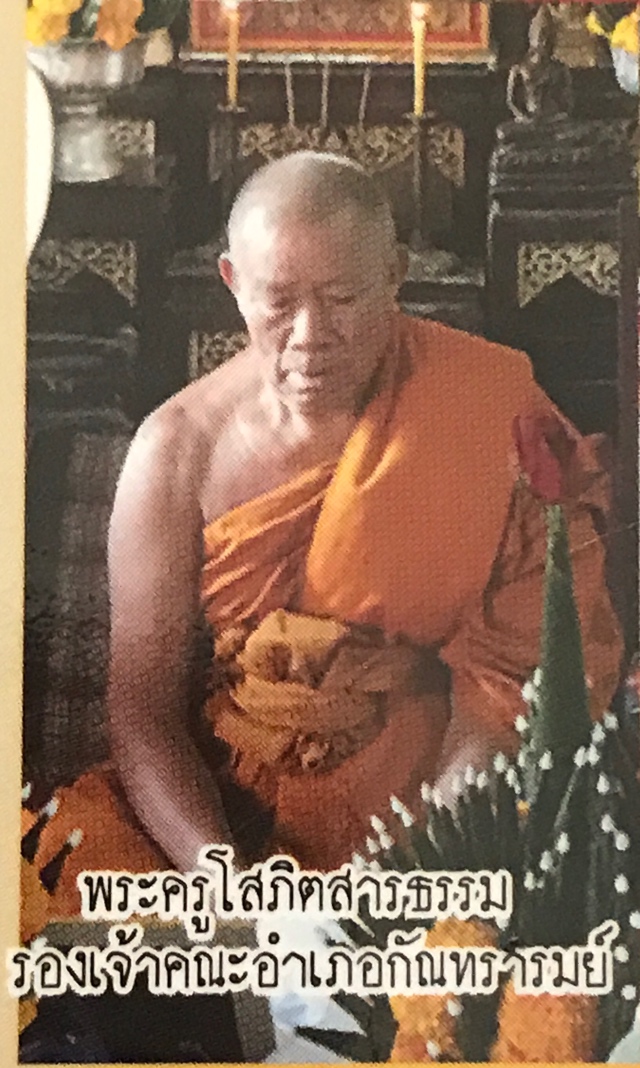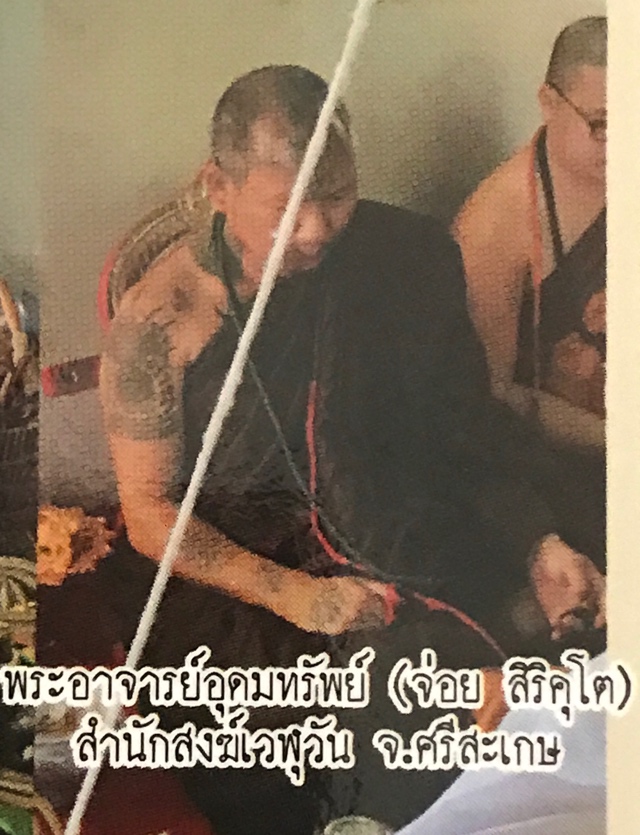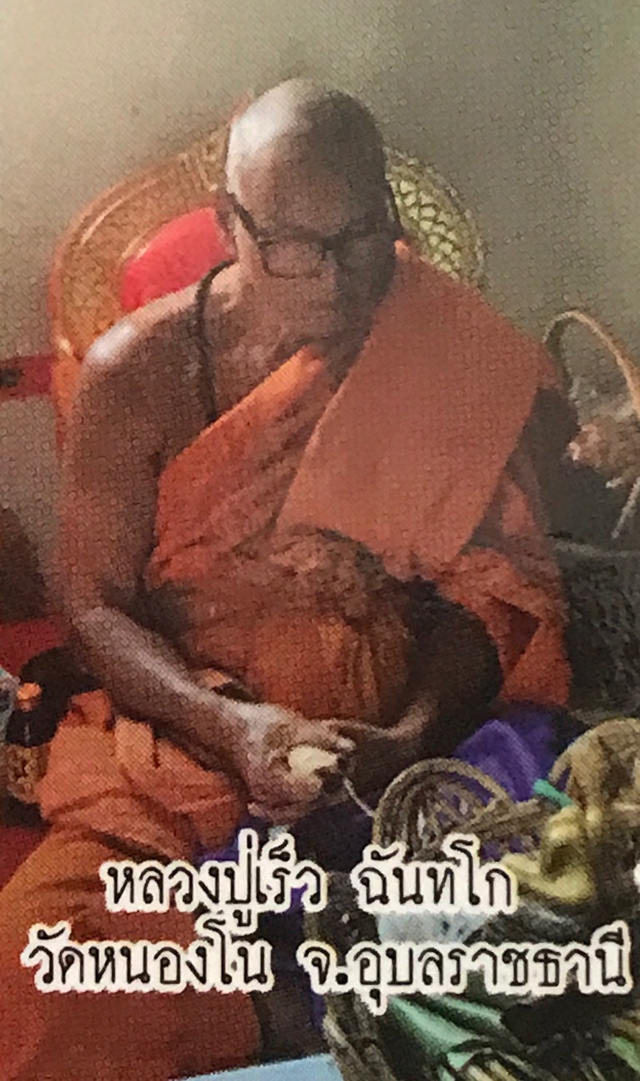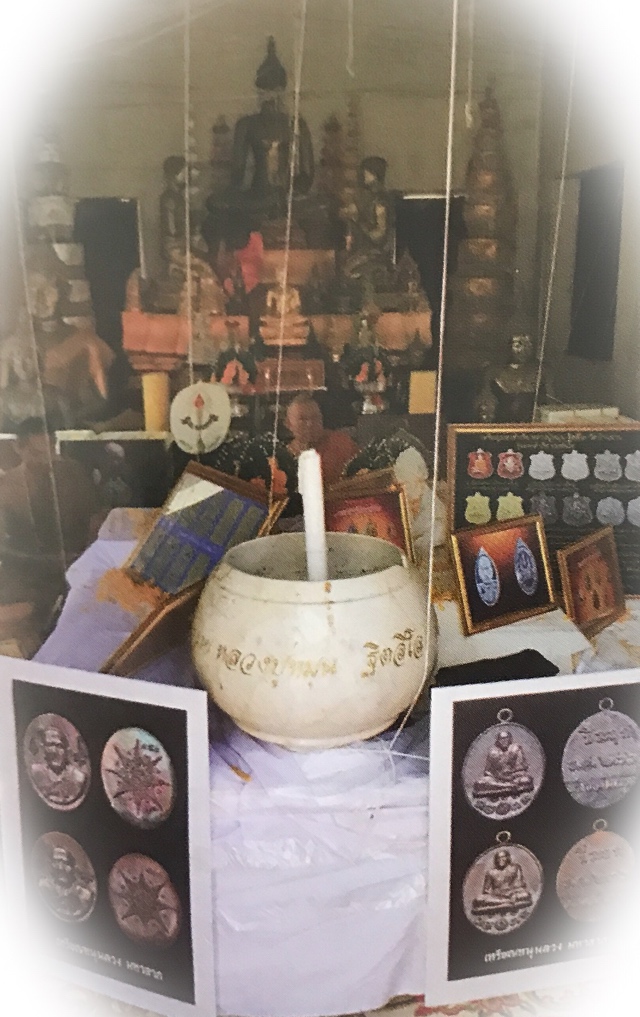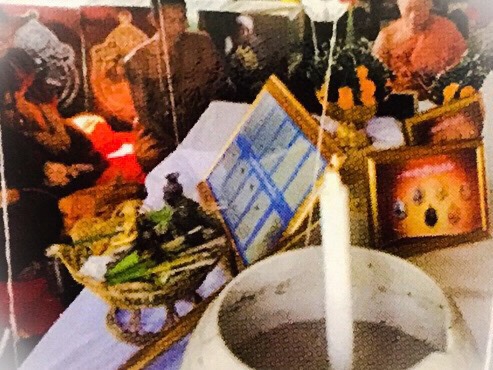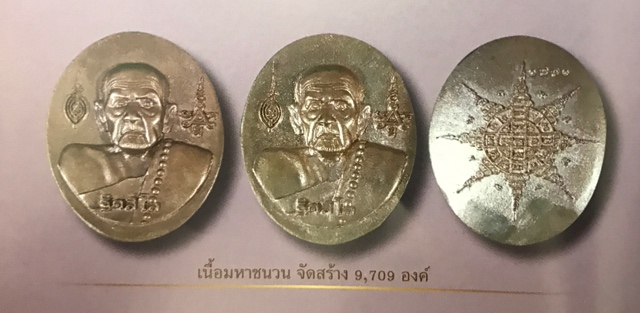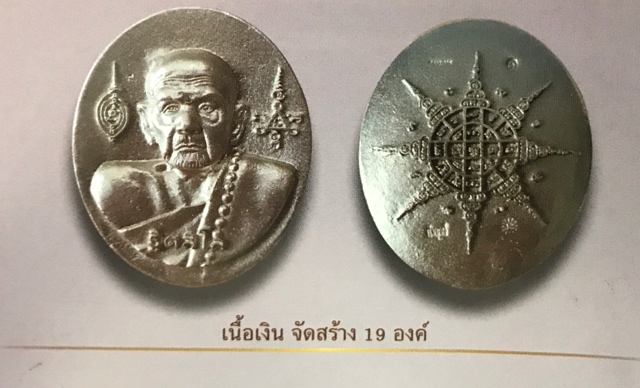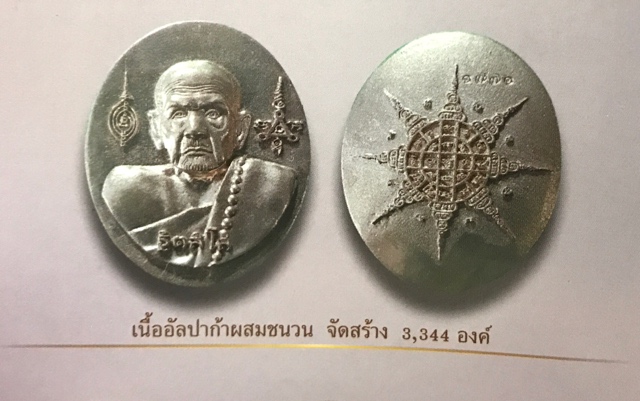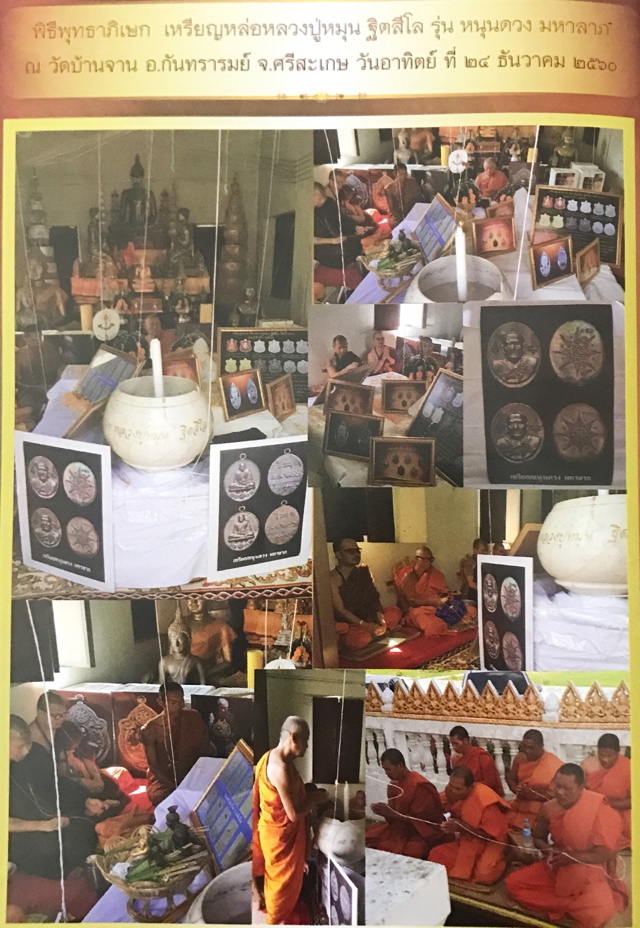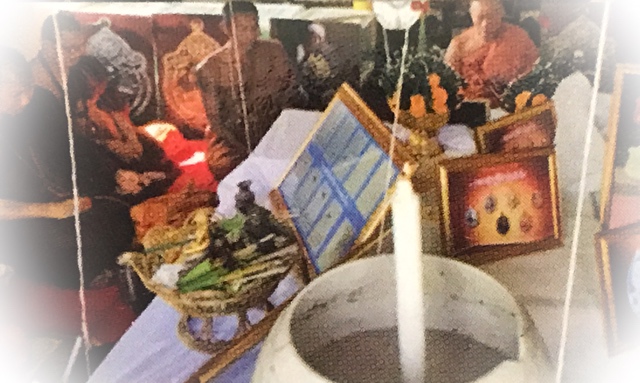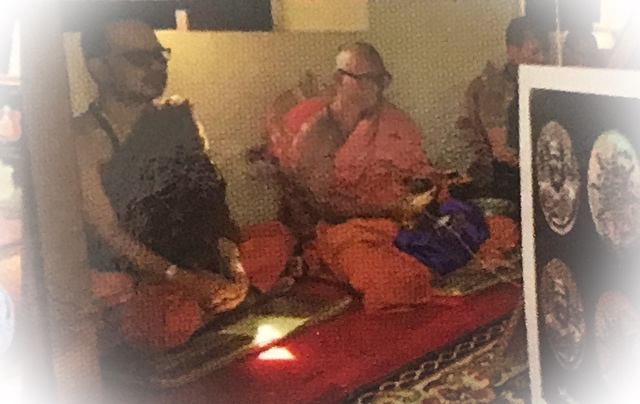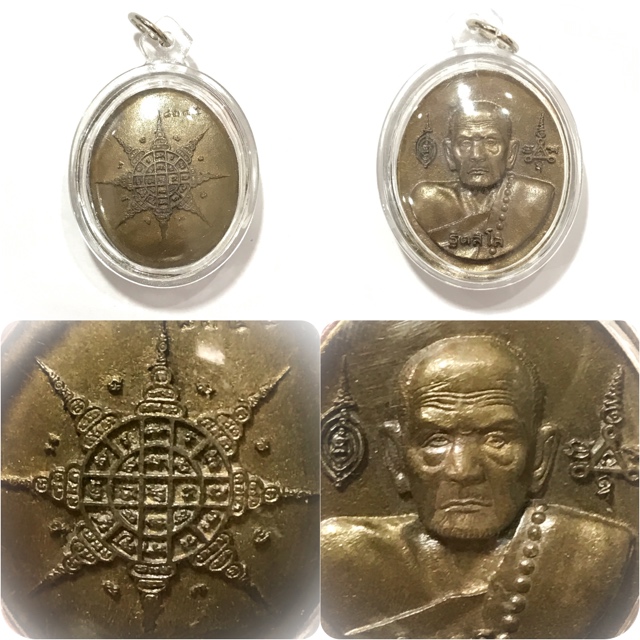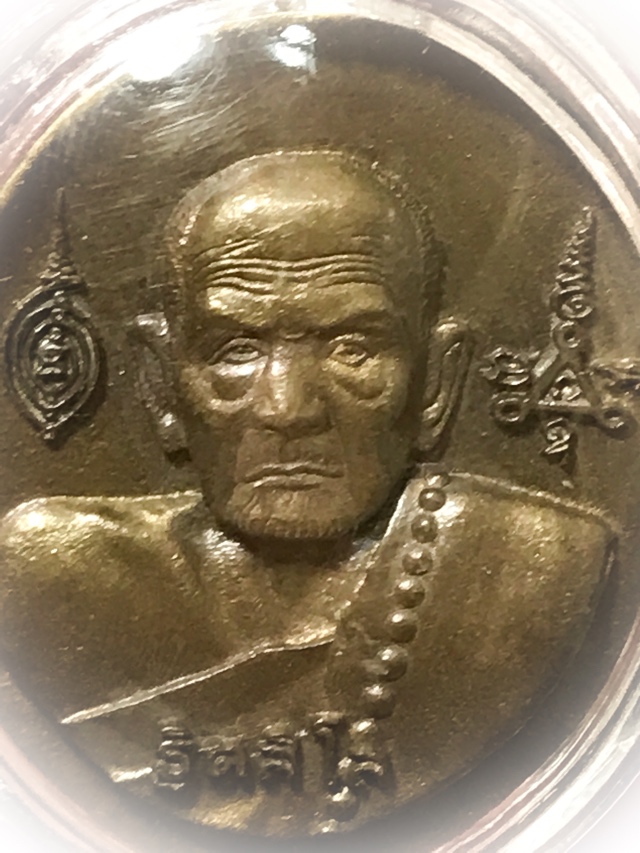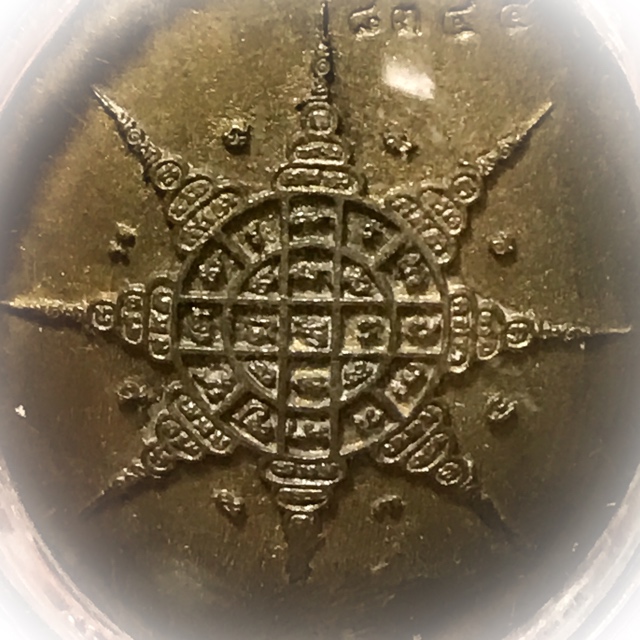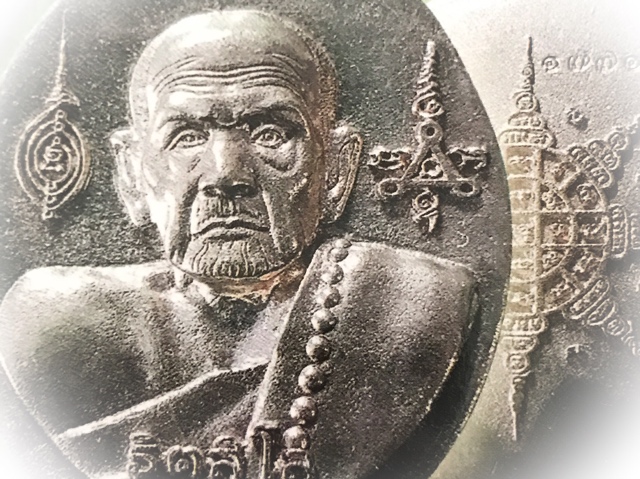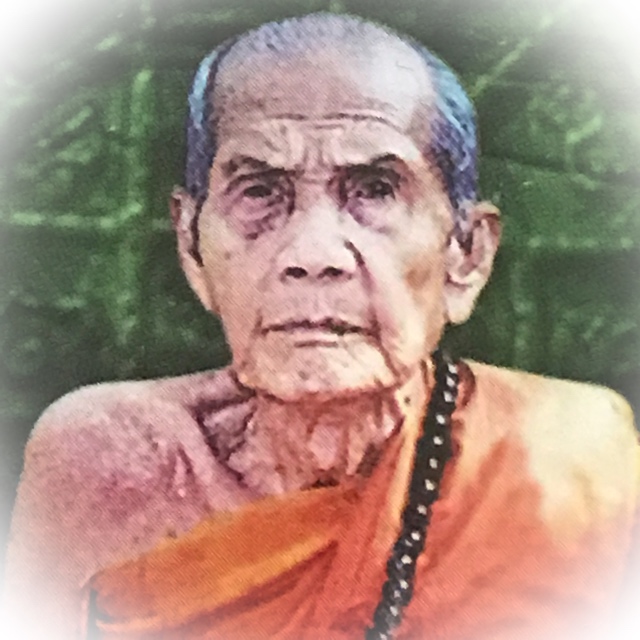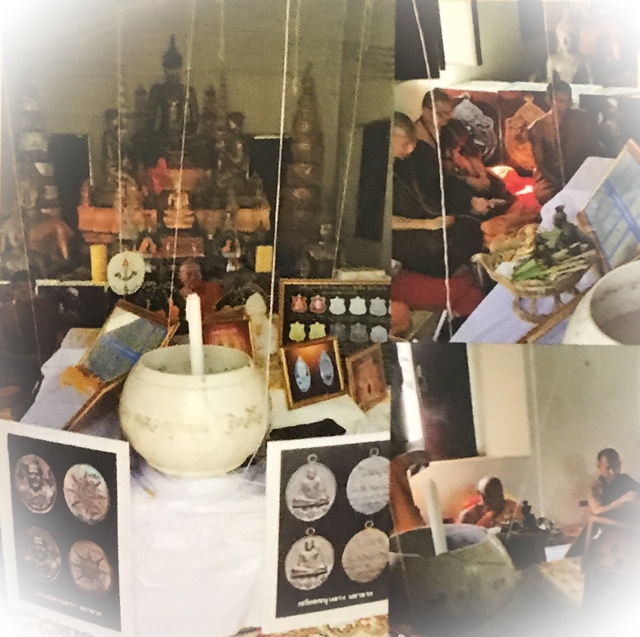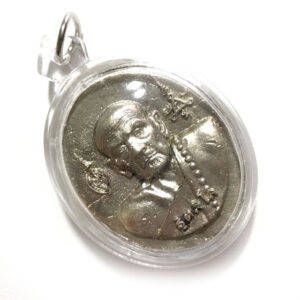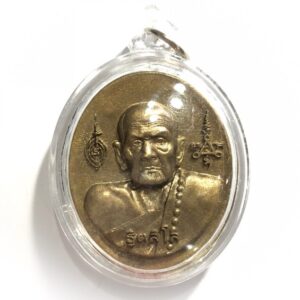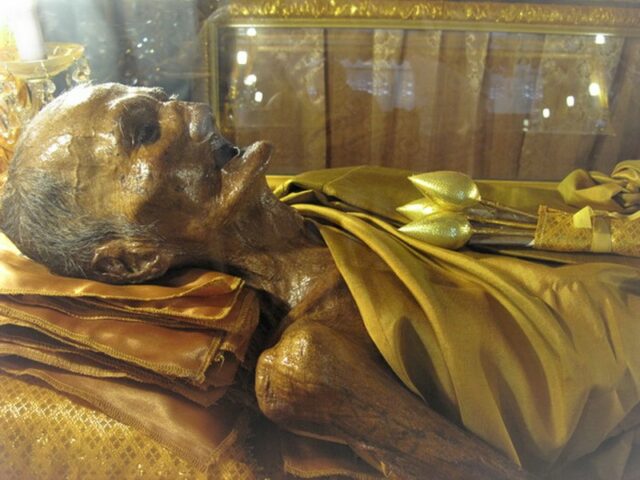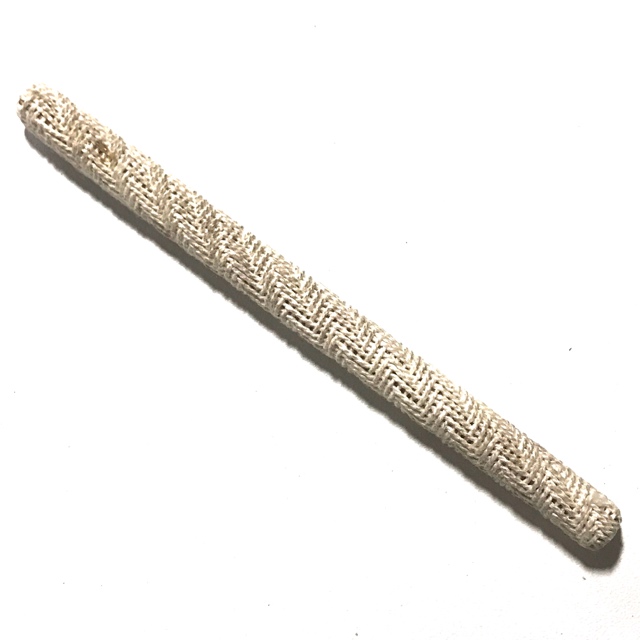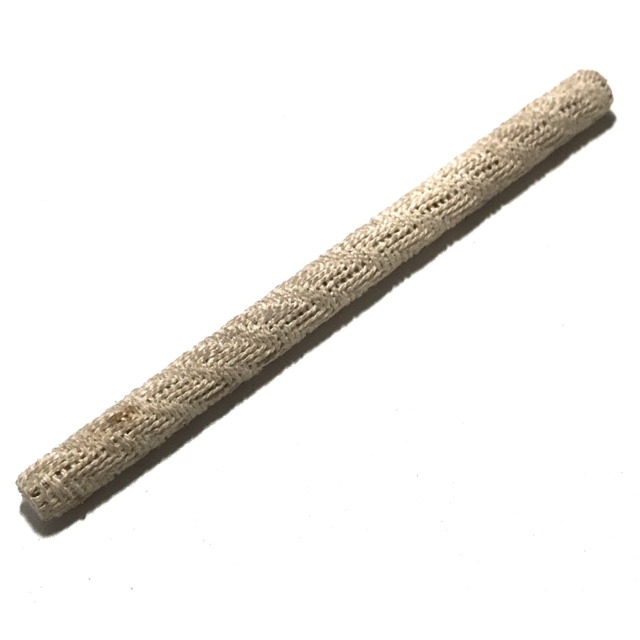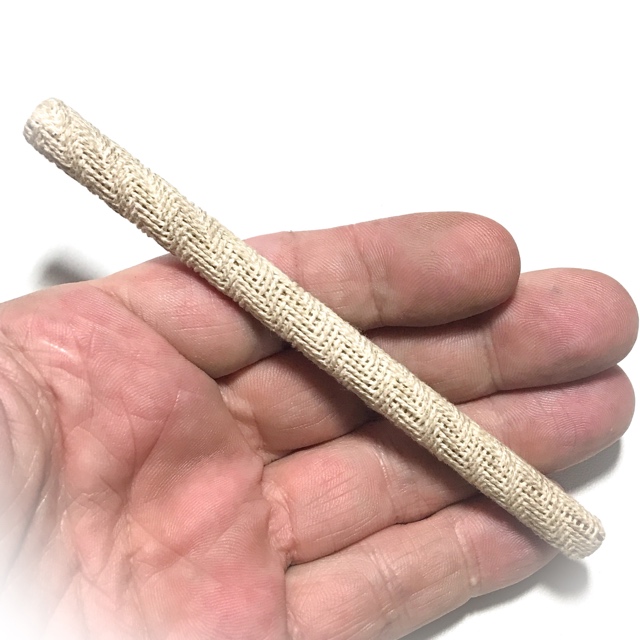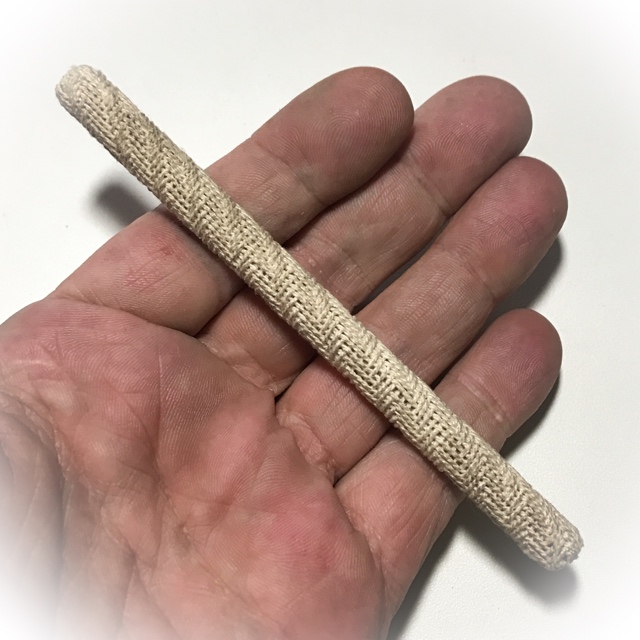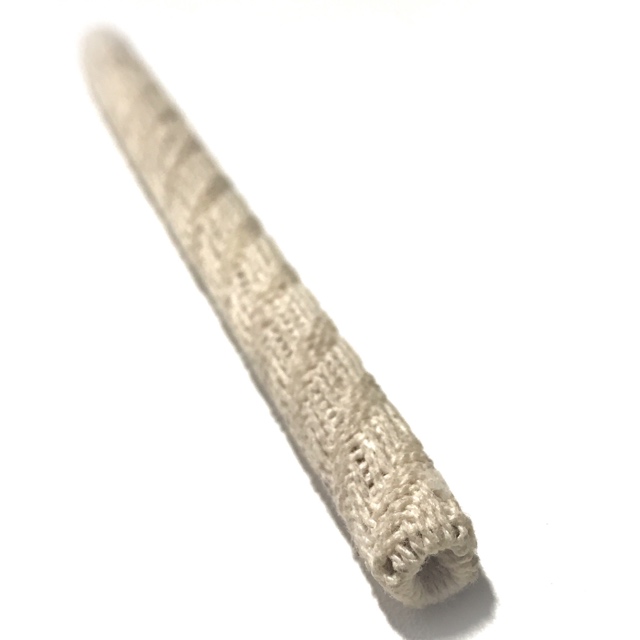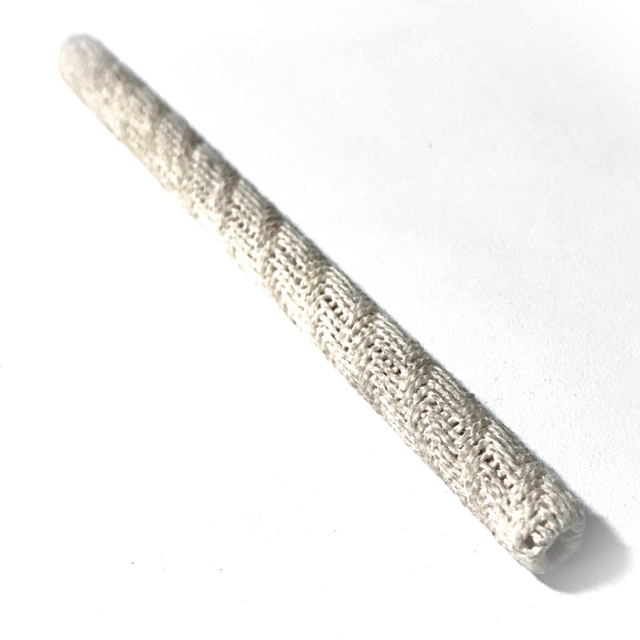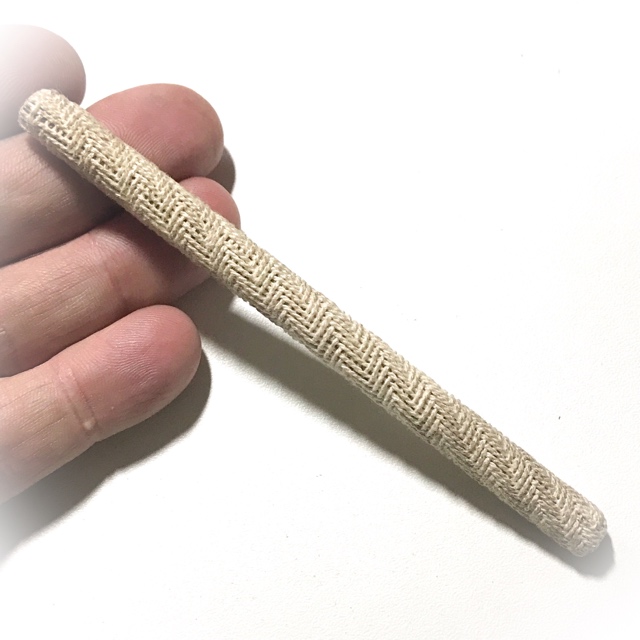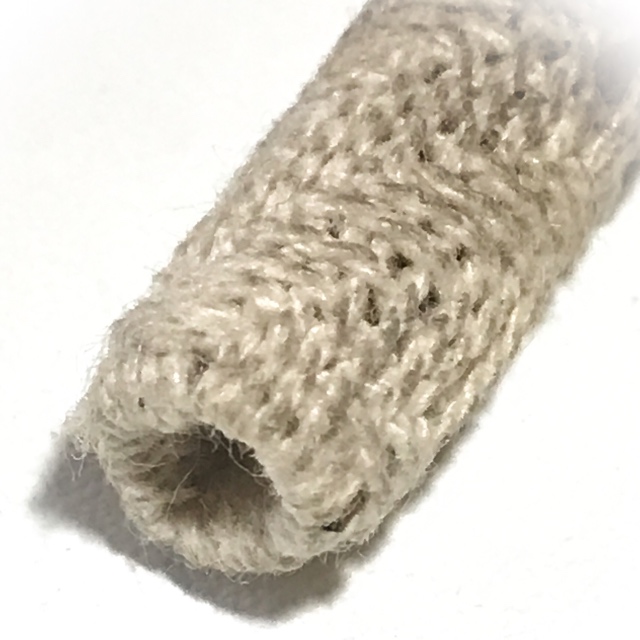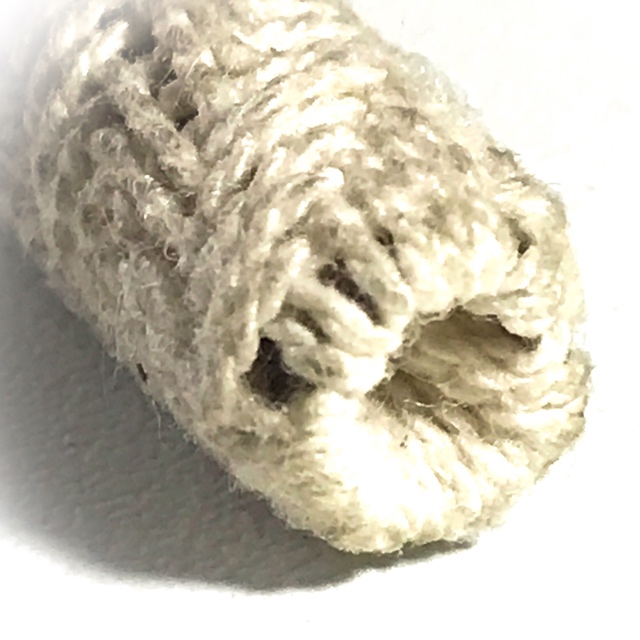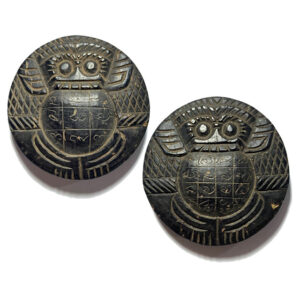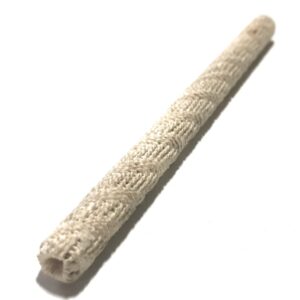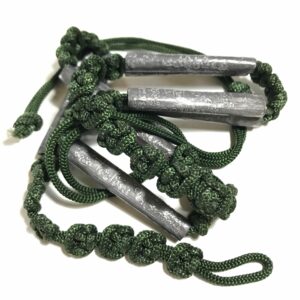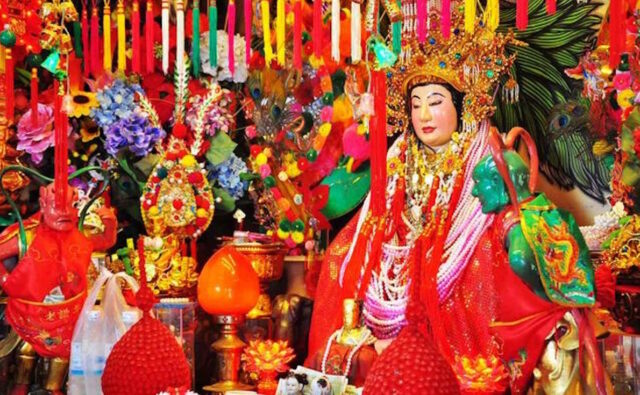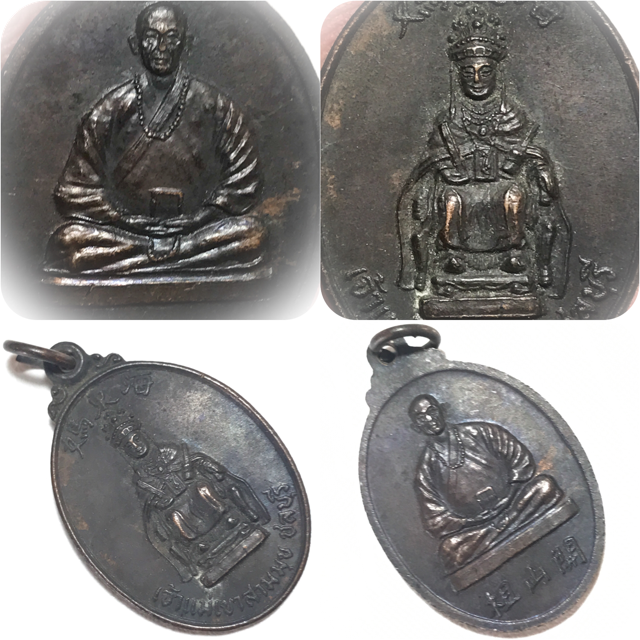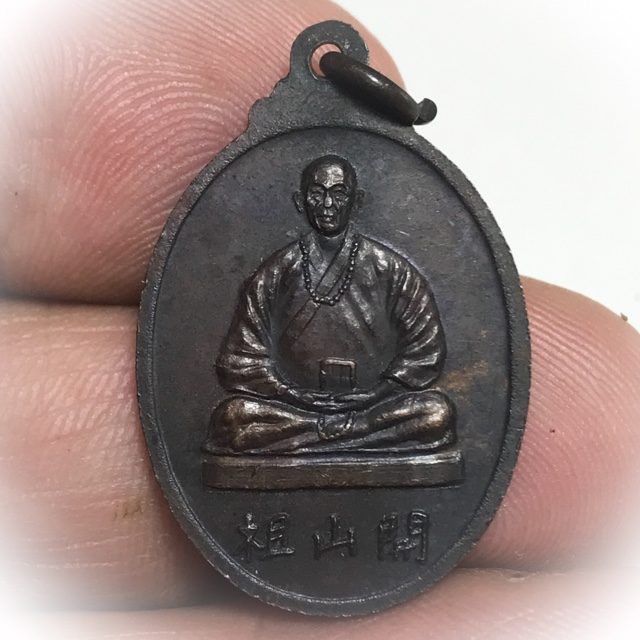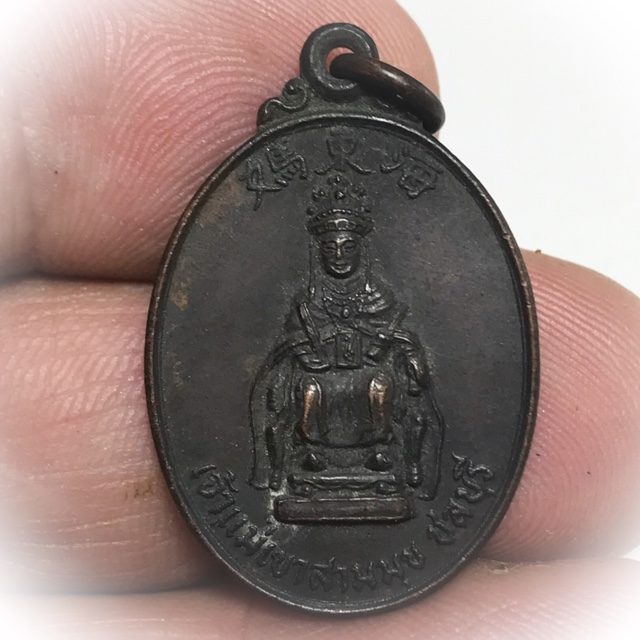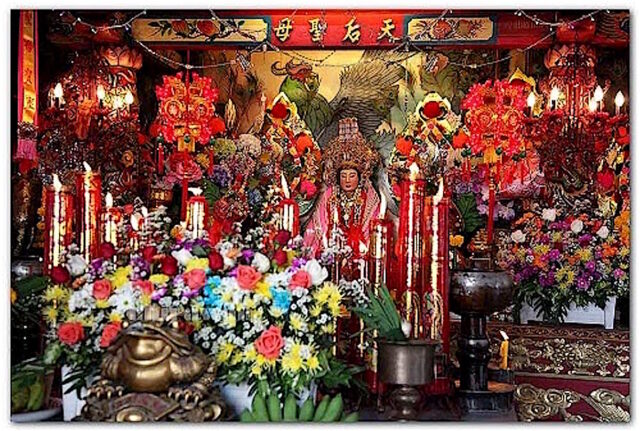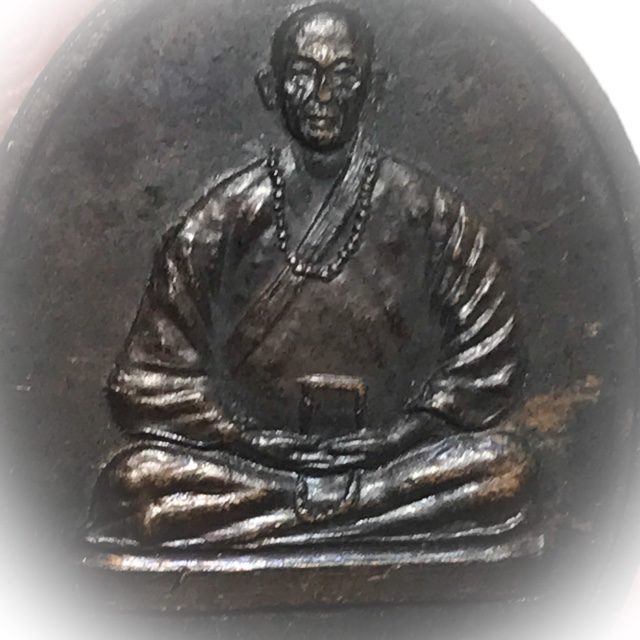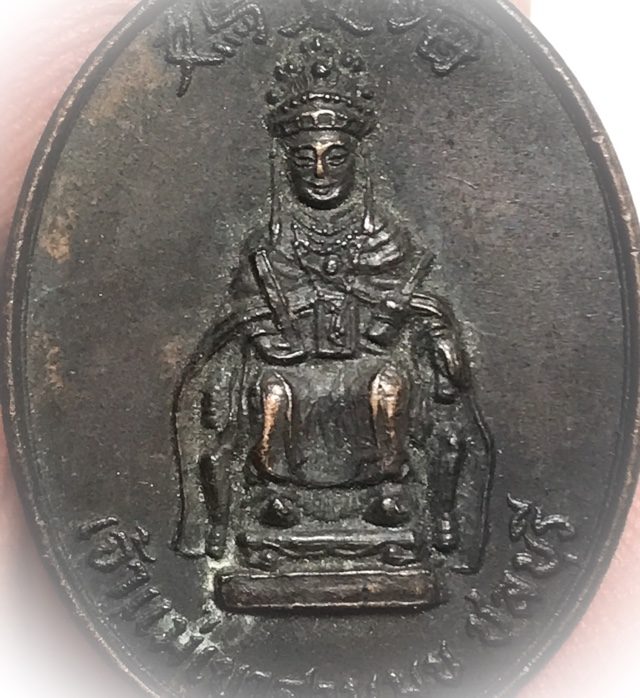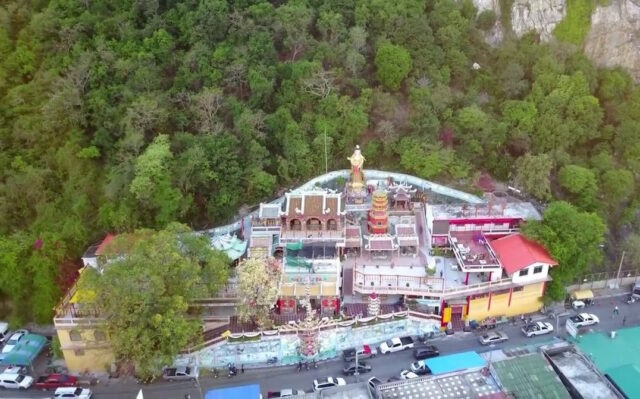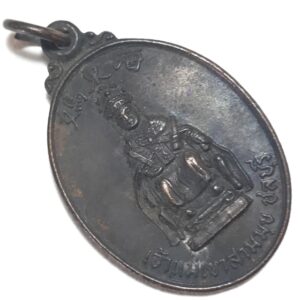Luang Phu Ya Tan Suan was a great Master Monk who managed to evade the fame of other more willing publicly known monks of his era, but was one of the great monks with powerful Wicha, of an equal status to many other Masters whose names may be more well known Internationally.
Luang Phu Ya Tan Suan Jantaro of Wat Na Udom was very famous for his cord wrapped Takrut amulets, which are highly revered by the devotees of Wat Na Udom and the province around the temple, and which are Nationally famous as perhaps the most popular talismanic charm of this great Arya Sangha Monk. Famous for his cord wrapped Takrut Tone, Takrut Bailan, and Takrut Hnang Glong Plae, as well as his Guru Monk Coins, which carry many stories of miraculous events from devotees who wore them.
Below; Rian Taep Yin Dee Block Raek Luang Phu Ya Tan Suan Block Niyom Dtok Code Na 2536 BE
-
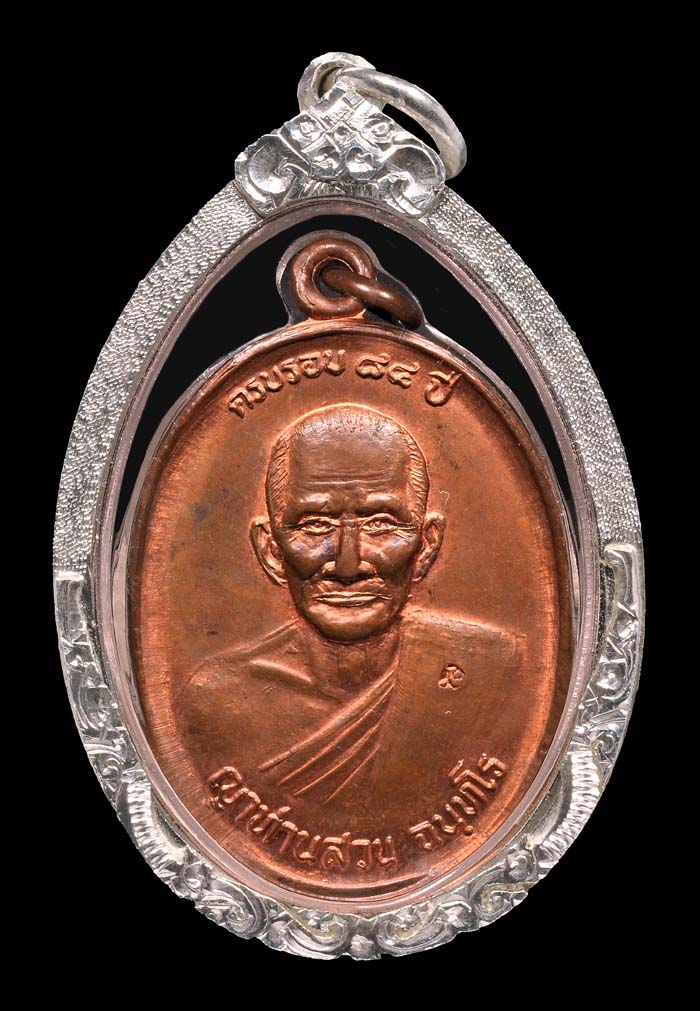
-
Rian Taep Yin Dee Block Raek Luang Phu Ya Tan Suan
-
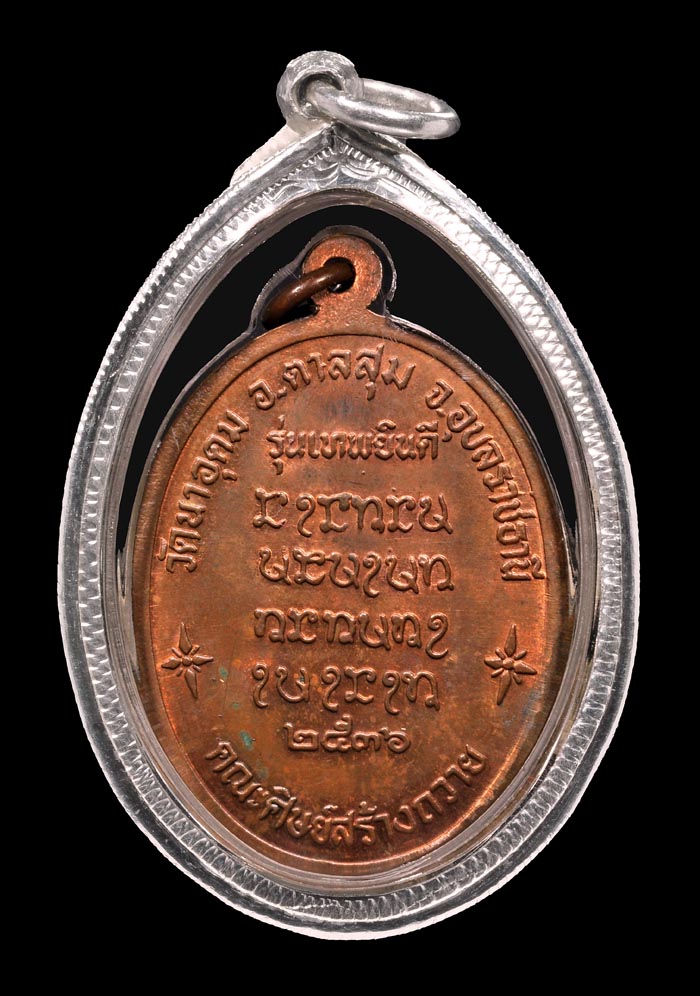
-
Rear Face Rian Taep Yin Dee Block Raek Luang Phu Ya Tan Suan
-
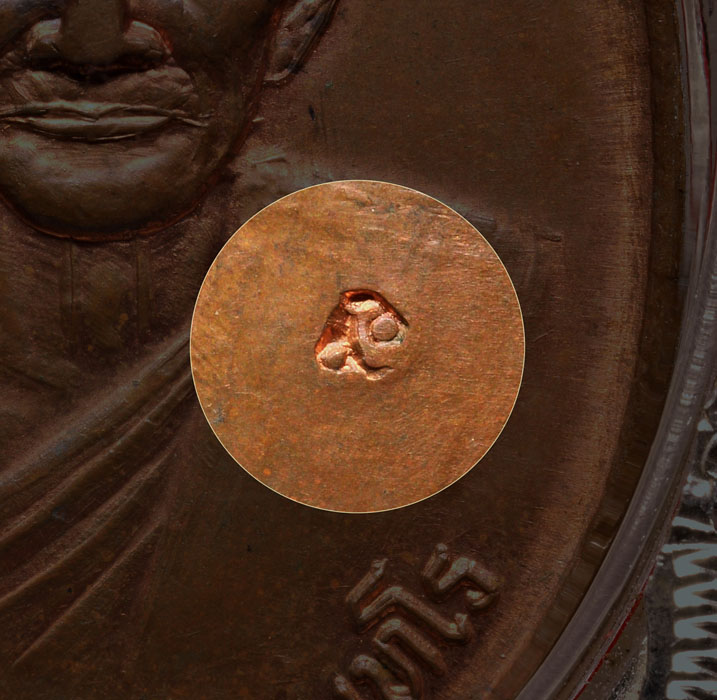
-
Code Na Rian Taep Yin Dee Block Raek Luang Phu Ya Tan Suan
Among his rarest and most highlyt valued and sought after amulets, are his beautifully c arved Pra Rahu Eclipse God Amulets in One Eyed Coconut Shell, and some in Ivory
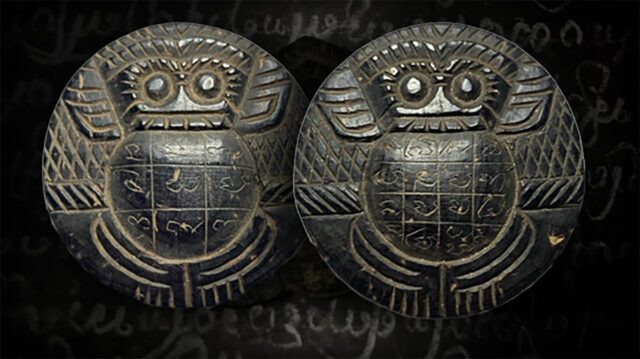
Pra Rahu Kala Ta Diaw Sorng Hnaa 2 sided hand carved one eyed coconut shell Eclipse God Amulet of Master Class Status – Phu Ya Tan Suan
Rian Taep Yin Dee
The Rian Taep Yin Dee Block Raek Luang Phu Ya Tan Suan was made in three different types of sacred metal, 3 made in solid gold, 200 in solid silver, and 10,000 in sacred copper (Nuea Tong Daeng), with Code Na. Some with two types of code stamps were made,, of which only a few were handed out during the ceremony (Gammagarn). Only an estimated 20 coins were made with two code stamps.
Below; Bia Gae LP Ya Tan Suan
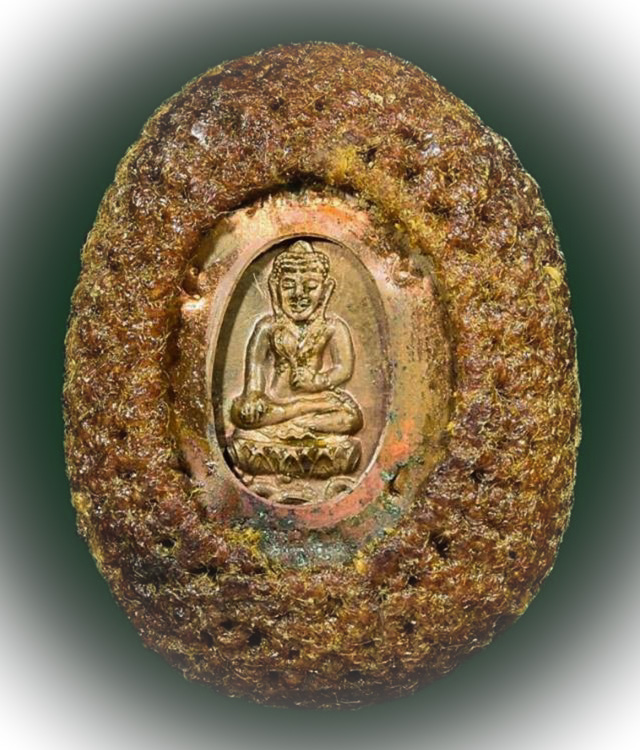
Bia Gae of Luang Phu Ya Tan Suan Wat Na Udom
Luang Phu Ya Tan Suan was born in the year 2453 BE, and was the son of a family of famers, and had 8 siblings. he helped his parents with the farm until he was 20 years old, and since he had been feeling inclined to ordain into the Monkhood (Sangha) for some years already, decided to ask his parents for permission to ordain into the Buddhist clergy and go stay at a temple to practice the Dhamma.
Below; various design models of the extremely rare Master-Class Models of Pra Rahu amulets of LP Ya Tan Suan
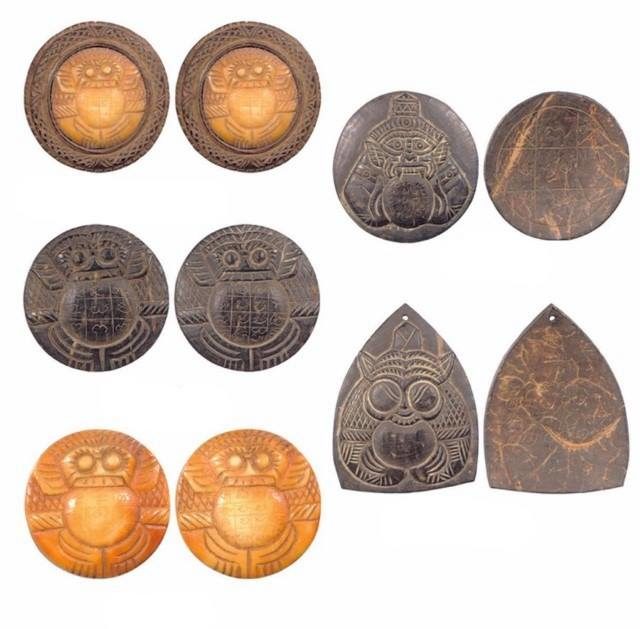
Pra Rahu Amulets of Phu Ya Tan Suan in Ivory and 1 eyed Coconut Shell
He was ordained at the temple of Wat Na Udom in Pibun Mangsaharn, Ubon Rachathani. his Upachaya Ordaining Officer was Pra Atigarn Prohmma, and his Pra Gammawajajarn Prompting Officer was Pra Dee. Pra Bua was his Pra Anusawanajarn Witness. After ordinations Luang Phu Ya Tan Suan received the ordained name of ‘Jantaro’ which means ‘he who knows the difference between what is needed and what is merely desired’.
Below; Takrut Tone Thak Chueak Luang Phu Ya Tan Suan – Wat Na Udom
After his ordination into the Buddhist clergy he dedicated himself to very diligently learning the Dharma and to practice chanting prayers in Pali. He would always attend and study the Patimokkha every month during the Patiimokkha recitations of the Vinaya Pitaka.
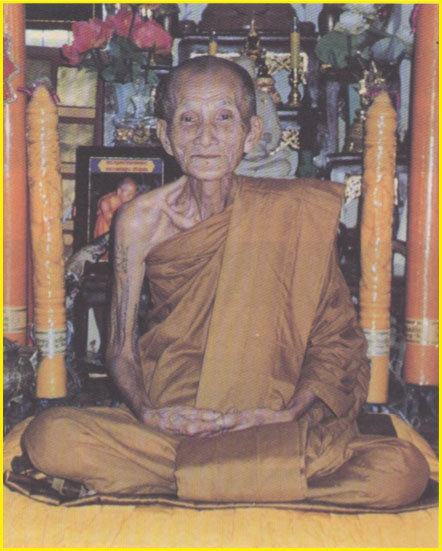
Luang Phu Ya Tan Suan
He remained at the temple for a period of 3 years under the tutelage of the abbot Luang Por Jao Atigarn Suan, where after he moved on to stay at the temple of Wat Kam Hwa. He then remained there to practice for 3 months, where are after, he traveled to study the Dharma vinaya add the temple of Wat Samrong Yai in Bangkok, where by coincidence, Por Tan Hmon, who was the Abbot of this Temple was an uncle of Phu Ya Tan Suan.
It was here, that he studied the basics and began to apply the first practices of Vipassana Kammathana Insight Mindfulness Techniques. His uncle Luang Por Hmon was a very strict monk indeed with very strong rules about keeping the Buddhist Vinaya. Whatever his monks would be doing he would expect them to do it with full concentration and fullest effort, without distraction which was part of his method of teaching them to concentrate which is of course, the heart of meditation
Below; Pra Gleep Bua Roop Muean 2542 BE Amulets Luang Phu Ya Tan Suan
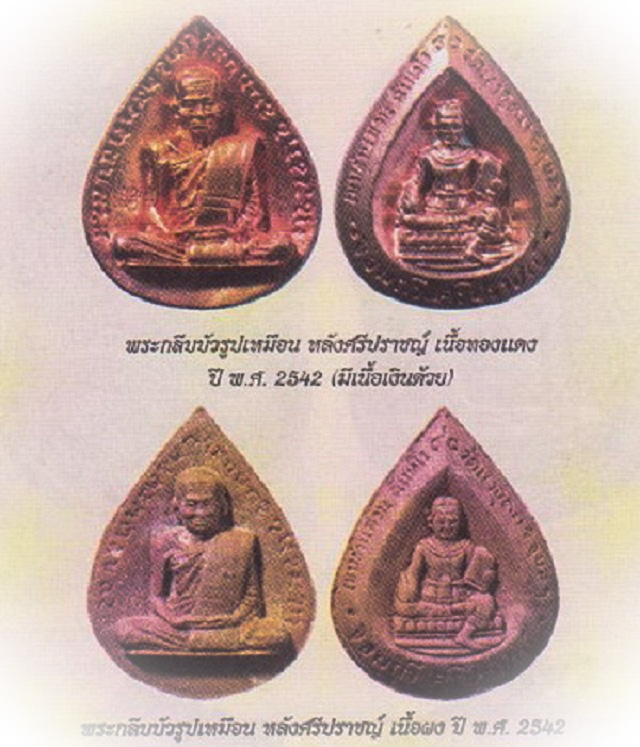
Pra Gleep Bua Roop Muean 2542 BE Amulets Luang Phu Ya Tan Suan
Luang Por Hmon would take Luang Phu Ya Tan Suan into the forest cemetery, to teach and demonstrate to him the methods of controlling the breathing in and out, and would take him regularly to spend nights meditating in the cemetery, to master his techniques of breath mindfulness. After a few sessions, Luang Por Hmon, who was both his mentor and uncle gave him permission to go alone and continue this practice in solitude in the Cemetery as often as possible.
After this he began to teach his nephew Luang Phu Ya Tan Suan, the secret practices of occult sorcery, and instructed him in reading and writing Khom ancient Khmer Sanskrit script, which is the script that must be used for inscription of magic spells In Thai Buddha Magic. Luang Phu Ya Tan Suan also learned how to write the inscriptions in Khom, Khmer, and Aksorn Tam Isan type magical alphabets.
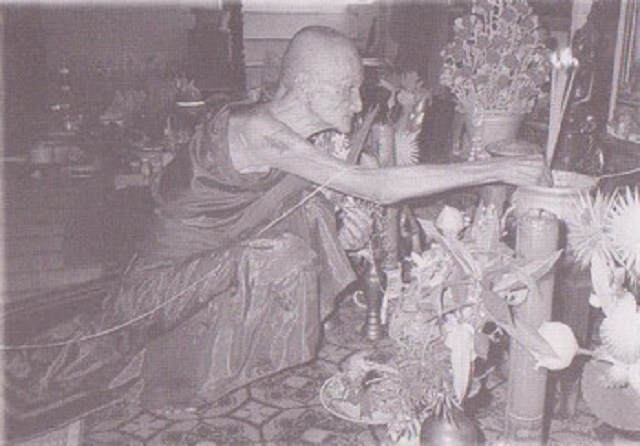
Ya Tan Suan Jantaro Wat Na Udom
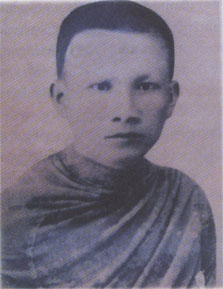
Luang Phu Ya Tan Suan as a Young Monk
Famous for his cord wrapped Takrut Tone, Takrut Bailan, and Takrut Hnang Glong Plae, as well as his Guru Monk Coins, which carry many stories of miraculous events from devotees who wore them. His Sacred Power was considered immeasurable, as devotees noticed that Luang Phu’s Look Om Chan Hmak betel areca balls, and his hair after head shaving, would turn into ‘Pratat’ relic crystals.
Famous for his many Takrut amulets such as the Takrut Ha Kasat 5 Kings spell, for its Maha Ud Gunstopper Power, Klaew Klaad and Kong Grapan. His Takrut Sai Rok Pra Putta Jao, Takrut Tone Thak Chueak cord wrapped spells, Takrut Gab Raberd Bombsilencer, Takrut Upakut, Takrut Sariga Dtom Hwae, Takrut Hnag Glong Dtaek (broken temple drumskin), renowned for its Powerful Metta, his Takrut Gai Kheun Rot Long Ra (famed for Kaa Khaay selling power), the Takrut Khao Dta made from Ngern Bpaag Phii (coin from the mouth of a corpse which was cremated on a tuesday – powerful necromancy), the Takrut Klord Look Ngaay (easy birthgiving spell).
Apart from his many famous Takrut amulets, Luang Phu Ya Tan Suan Mastered the Wicha of making Pha Yant Sacred Yantra Cloths, Look Prakam magical Rosary making, Nang Kwak Statues, Rahu Om Jantr Asura Deva Eclipse God amulets, See Phueng Metta Balm, Prakam Tone (Look Om), Wicha Riak Suudt, the Wicha for making Pong Ittijae, Pong Bpathamang, and other sacred powders. He was known to possess a very unusual powerful Wicha to make special Holy Water, and the Wicha Hmaa Kin Jai (Dog eats Your Thoughts spell), which is another inimitable magic spell of Phu Ya Tan Suan of the Metta Variety.
